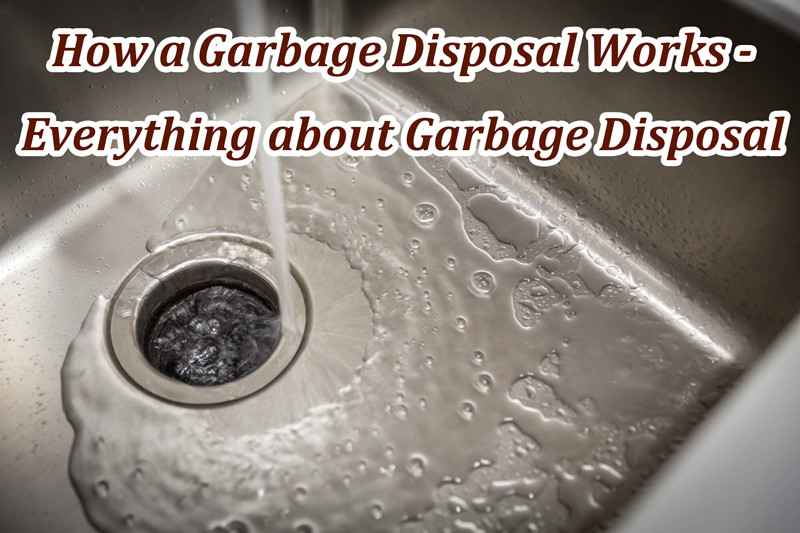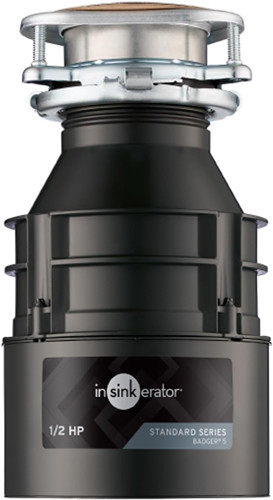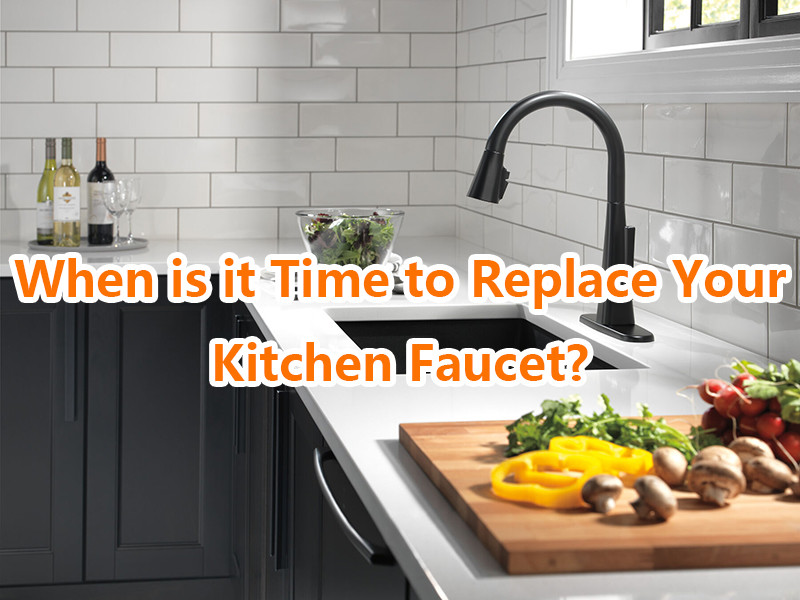
Garbage disposals are a common kitchen appliance that offers a convenient way to manage food waste. These devices are installed under the kitchen sink and are designed to grind up food scraps so they can be safely washed down the drain. This not only helps in maintaining a cleaner kitchen environment but also reduces the amount of waste sent to landfills. How a garbage disposal works? Let’s delve into the components, operation, benefits, and maintenance of garbage disposals to understand how they work and why they are beneficial.
Components of a Garbage Disposal
A garbage disposal unit consists of several key components:
- Motor: This is the heart of the disposal unit, usually an induction motor that powers the grinding mechanism.
- Grinding Chamber: This is where the food waste is processed. It contains a turntable or impeller plate, which spins at high speed.
- Grinding Ring: Attached to the sides of the grinding chamber, the grinding ring works in conjunction with the impeller plate to pulverize the food waste.
- Impellers: These are small metal pieces mounted on the turntable. They are not sharp blades but are used to throw food waste against the grinding ring.
- Flywheel: The flywheel, driven by the motor, helps in the grinding process by providing momentum.
- Discharge Pipe: This is the outlet through which the processed waste exits the disposal unit and enters the sewage system or septic tank.
How Does a Garbage Disposal Work?
The operation of a garbage disposal can be broken down into a few simple steps:
- Activation: The garbage disposal is activated by a switch located near the sink. Some models use a batch feed method, requiring a stopper to be placed in the drain to activate the unit.
- Grinding Process: Once activated, the motor spins the flywheel and impeller plate at high speeds (usually around 1725 RPM). Food waste is fed into the disposal, where it is caught by the impellers and spun against the grinding ring.
- Grinding Action: The impellers force the food waste against the grinding ring, breaking it down into small particles. The ring has numerous small holes and slots that facilitate this grinding process.
- Flushing Away: After grinding, the food particles are small enough to be flushed through the discharge pipe with water. This mixture of ground food and water moves into the sewage system or a septic tank.
Benefits of Using a Garbage Disposal
Garbage disposals offer several advantages, including:
- Convenience: Disposing of food waste through a garbage disposal is much faster and easier than dealing with trash bags and bins.
- Environmental Benefits: By reducing the amount of food waste sent to landfills, garbage disposals help decrease methane emissions, a potent greenhouse gas produced by decomposing organic matter.
- Cleaner Kitchen: Food scraps can often attract pests and cause unpleasant odors when left in trash bins. Garbage disposals help maintain a cleaner and more hygienic kitchen environment.
- Waste Reduction: Grinding up food waste means less volume in your trash can, which can reduce the frequency of taking out the garbage.
Maintenance Tips for a Garbage Disposal
To ensure your garbage disposal operates efficiently and lasts longer, follow these maintenance tips:
- Regular Use: Run it regularly to prevent rust and corrosion and to keep the parts moving.
- Cold Water: Always run cold water while the disposal is operating. Cold water solidifies any fats or grease, allowing them to be chopped up before they reach the trap.
- Cleaning: Periodically clean your disposal by grinding a mixture of ice cubes and salt. This helps remove any debris and odors.
- Avoid Certain Foods: Do not put fibrous foods (like celery stalks), starchy foods (like potato peels), or hard materials (like bones) into the disposal. These can cause clogs and damage.
- Citrus Freshening: Occasionally grind small pieces of citrus fruit peels to keep your disposal smelling fresh.
Common Problems and Solutions
Even with proper use and maintenance, you might encounter some common issues with garbage disposals:
- Jams: If the disposal jams, turn it off and unplug it. Use a wrench (usually provided with the unit) to manually turn the flywheel from the bottom of the unit.
- Clogs: For clogs, avoid using chemical drain cleaners. Instead, try using a plunger or a plumber’s snake.
- Leaks: Leaks can occur from the sink flange, the dishwasher connection, or the discharge drainpipe. Tightening connections or replacing gaskets usually resolves these issues.
Conclusion: How a garbage disposal works
Garbage disposals are an invaluable tool in modern kitchens, providing an efficient and environmentally friendly way to handle food waste. By understanding their components and operation, and by following proper maintenance practices, you can ensure your garbage disposal functions smoothly and lasts for many years. Not only do they help keep kitchens clean, but they also contribute to reducing waste and supporting a more sustainable lifestyle.
 WOWOW Faucets
WOWOW Faucets






您好!Please sign in